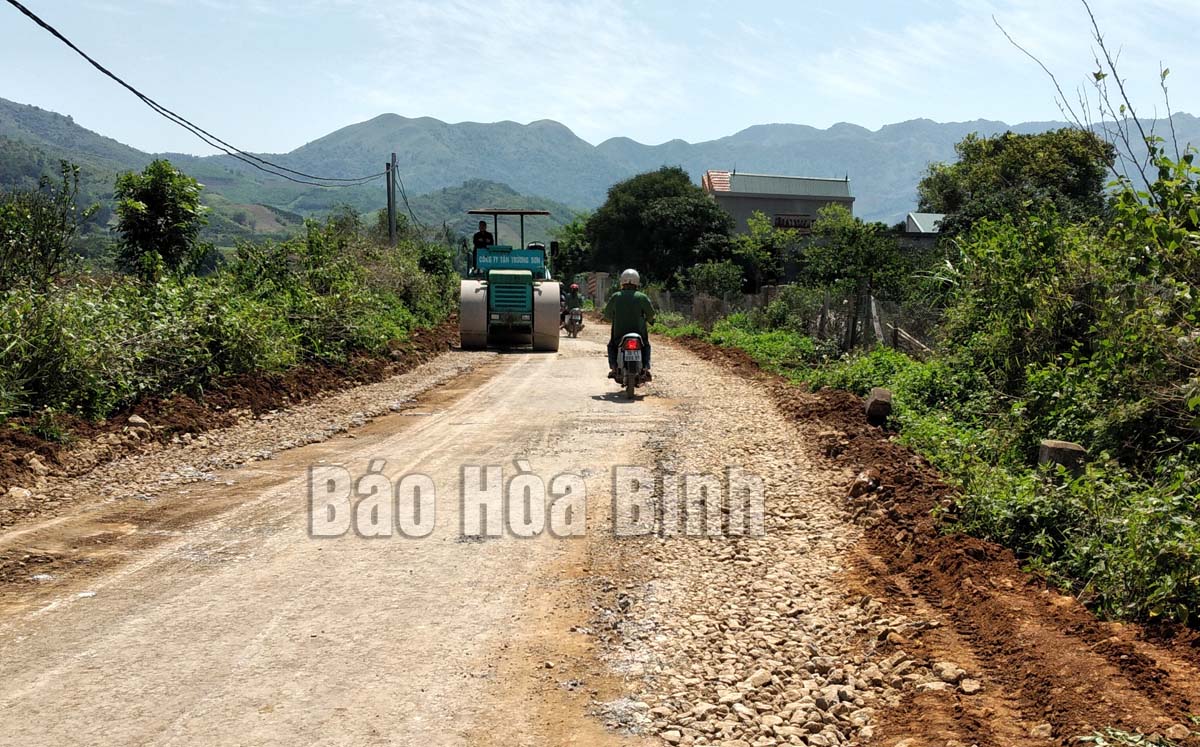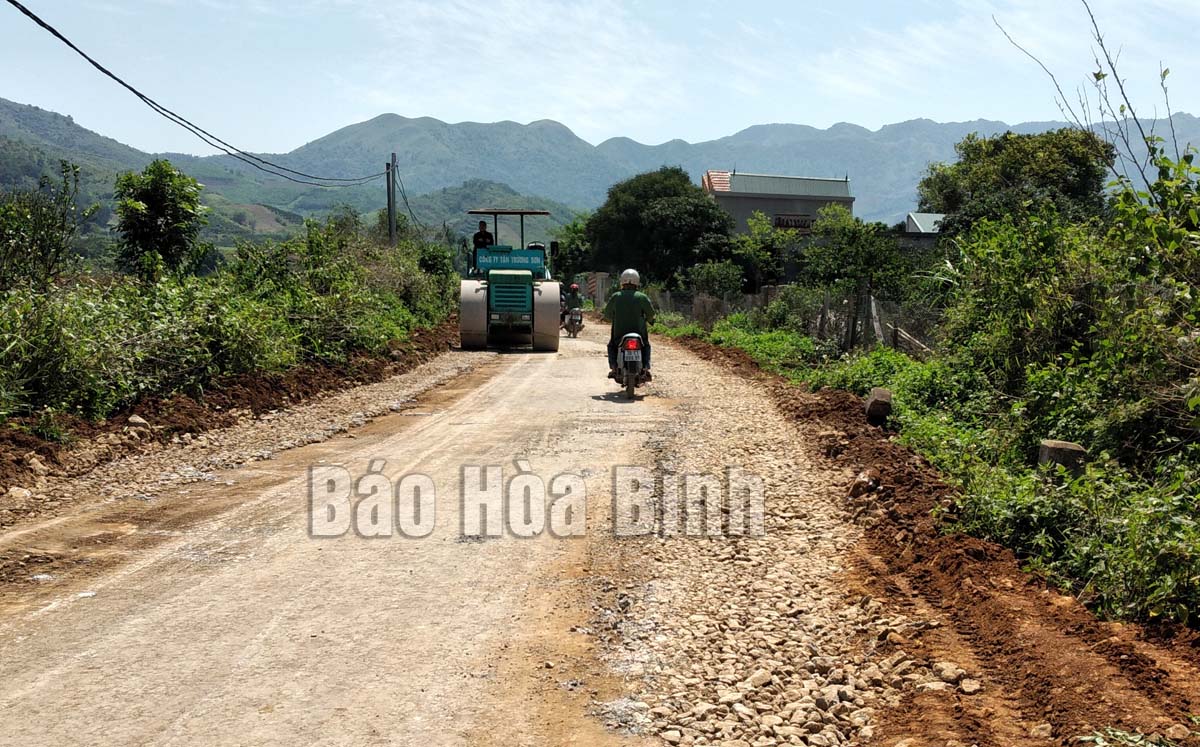
(HBO) – Ensuring good planning and management, investing resources in completing and modernising infrastructure, and improving the effectiveness of site clearance for projects are the three strategic breakthroughs that the Party Committee of Cao Phong district out in Resolution No. 02-NQ/HU on improving the local business climate and competitiveness during 2021 - 2025.
In
the resolution recently issued to promote investment attraction between 2021
and 2025, Cao Phong views synchronously investing in infrastructure to serve
socio-economic development as one of the strategic breakthroughs. Photo: The
road from Cao Phong town to Hop Phong commune is upgraded.
In this important resolution, the district Party
Committee noted that amid limited resources, it is necessary to make three
breakthroughs to attract investment to economic development.
In particular, Cao Phong will strive to provide
100 percent of online public services at Levels 3 and 4, and make services
related to people and businesses available on the National Public Service
Portal. All the transactions on the provincial public service portal and the
district’s single window information system will be authenticated
electronically.
The district looks to win over at least 90
percent of people and enterprises’ satisfaction of its settlement of
administrative procedures. Up to 80 percent of paperwork at the district level
and 70 percent at the communal level will be handled online. Besides,
authorities will reduce the time needed for businesses and investment projects,
especially industrial, tourism, and farm projects, to gain access to
electricity.
Accompanying businesses, the district People’s
Committee has been creating optimal conditions for investors, including
providing land incentives, reducing tax or extending tax payment deadlines for
those hit hard by the COVID-19 pandemic, and tackling obstacles to site
clearance and compensation to help projects be carried out on schedule. These
measures will continue to be promoted during the 2021 - 2025 period./.
The Standing Board of the Hoa Binh provincial Party Committee has agreed in principle on a proposal by the Standing Board of the Party Committee of Hoa Binh city to gather feedback on the city’s 1:2000 zoning plan, which forms part of its broader urban development strategy.
Hoa Binh province has made notable progress in public administration reform and digital government development, with the satisfaction index among citizens and businesses reaching over 84%, according to recent government evaluations.
Thanks to great efforts by local authorities in recent times, the governance and public administration performance of Mai Chau district has been significantly improved.
In the afternoon of June 6, the Party Committee, the People's Council, the People's Committee and the Fatherland Front of Lac Son district solemnly held a meeting to celebrate the 139th anniversary of the district's founding (1886–2025) and the 79th anniversary of the establishment of the district's Party Committee (1946–2025). There was the attendance of Mr. Bui Van Thang, the Vice Chairman of the Provincial People's Council; Mr. Quach Tat Liem, the Vice Chairman of the Provincial People's Committee; Ms. Dang Bich Ngoc, the Deputy Head of the National Assembly Delegation of the province; as well as the former leaders of the province and district through various periods, who are the natives of the district.
Implementing the Politburo’s Resolution No. 57-NQ/TW on breakthroughs in science – technology, innovation, and digital transformation is a golden opportunity for the northern mountainous province of Hoa Binh to renew growth model, improve competitive edge and shorten digital gap.
Resolution 57-NQ/TW, issued by the Politburo on December 22, 2024, identifies sci-tech, innovation, and digital transformation as strategic breakthroughs to build a developed and prosperous nation. In Hoa Binh province, this spirit is not just a slogan, it’s being put into action through concrete initiatives that form a "new development triangle”: digital citizenship, digital economy, and digital administration.



